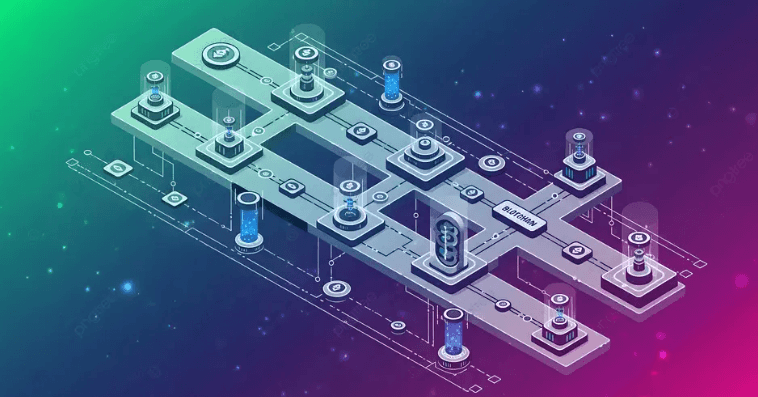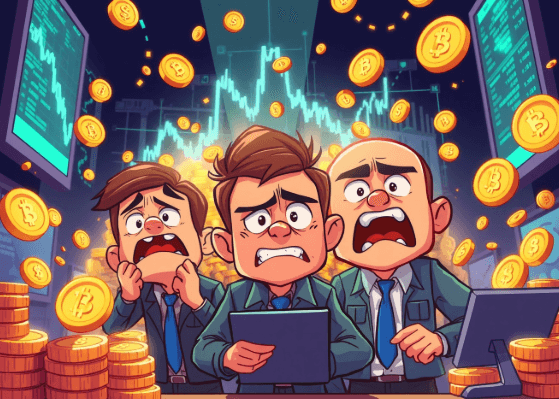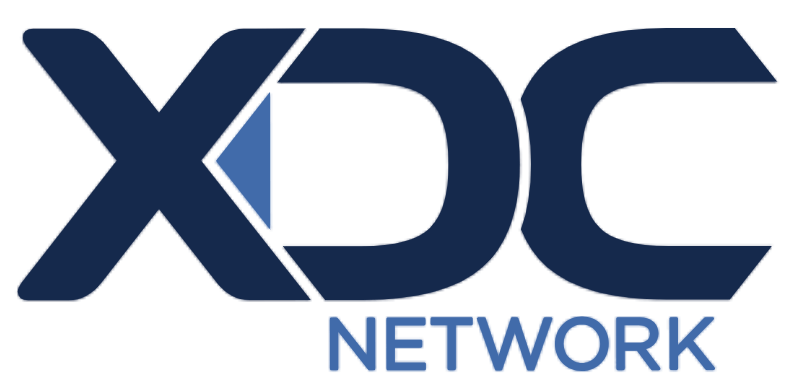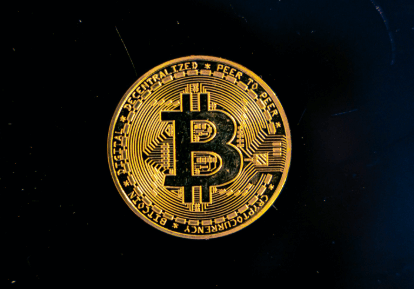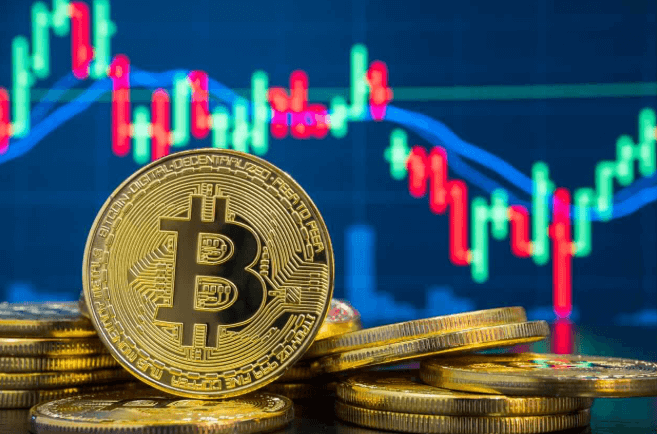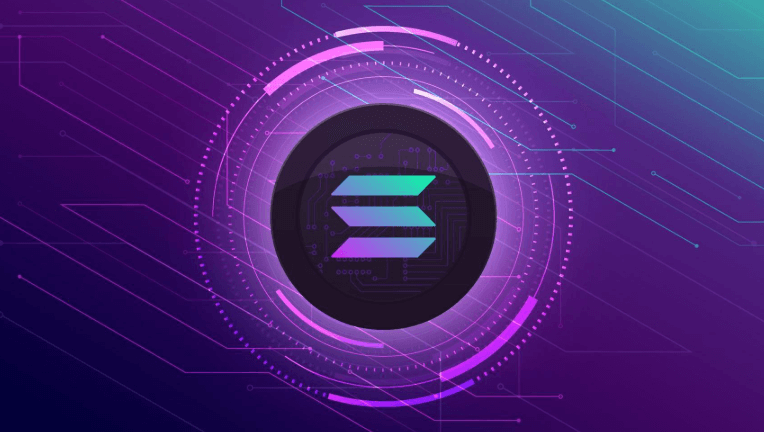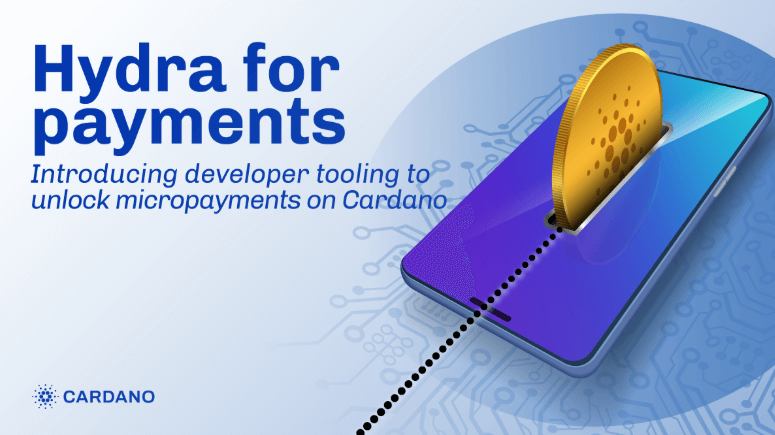In the fast-evolving world of financial technology, XRP and RippleNet are challenging traditional banking systems with their promise of instant, low-cost cross-border transactions. As international payment systems face increasing demands for efficiency and speed, Ripple’s blockchain-powered solutions could potentially revolutionize global finance. But can XRP truly replace the SWIFT network?

The Limitations of SWIFT
The Society for Worldwide Interbank Financial Telecommunication (SWIFT) has been the backbone of global payments for decades. However, the system has notable drawbacks:
- Slow Transactions: International transfers can take 2-5 business days to settle.
- High Costs: Intermediary banks charge substantial fees, increasing transaction costs.
- Lack of Transparency: Payments are often delayed due to compliance checks and lack of real-time tracking.
How XRP and RippleNet Work
RippleNet, powered by XRP, offers a blockchain-based alternative to SWIFT with key advantages:
- Instant Transactions: Payments settle in 3-5 seconds compared to days with SWIFT.
- Low Fees: Transactions cost a fraction of a cent, making it significantly cheaper.
- Eliminates Intermediaries: RippleNet allows direct transfers, reducing friction and delays.
- Liquidity On-Demand: XRP acts as a bridge currency, ensuring liquidity without pre-funded accounts.
Adoption and Real-World Use Cases
Ripple has partnered with over 300 financial institutions, including banks and payment service providers. Some key adopters include:
- Santander: Using Ripple’s technology for international remittances.
- Bank of America: Exploring RippleNet for cross-border payments.
- Tranglo & SBI Holdings: Leveraging XRP for instant transactions in Asia-Pacific markets.
Challenges to Replacing SWIFT
Despite its advantages, XRP faces hurdles in becoming the dominant global payment solution:
- Regulatory Uncertainty: The ongoing SEC lawsuit against Ripple creates legal and adoption risks.
- Banking Resistance: Many financial institutions remain hesitant to shift from legacy systems.
- Competition from CBDCs & Stablecoins: Central Bank Digital Currencies (CBDCs) and stablecoins like USDT and USDC provide alternative digital payment solutions.
The Future of XRP in Global Payments
While completely replacing SWIFT remains a challenge, XRP is positioned to complement and enhance global payment networks. Potential future developments include:
- Regulatory clarity that could drive broader institutional adoption.
- Integration with central banks for CBDC interoperability.
- Expansion of RippleNet’s partnerships to dominate emerging markets.
As the financial landscape shifts toward blockchain-based solutions, XRP and RippleNet continue to push the boundaries of global payments, offering a faster, more cost-effective alternative to legacy systems. Whether it fully replaces SWIFT or works alongside it, XRP’s role in the future of digital payments is undeniable.
Disclaimer: This article is for informational purposes only and is not investment advice. Investors should research carefully before making any decisions. We are not responsible for your investment decisions.

